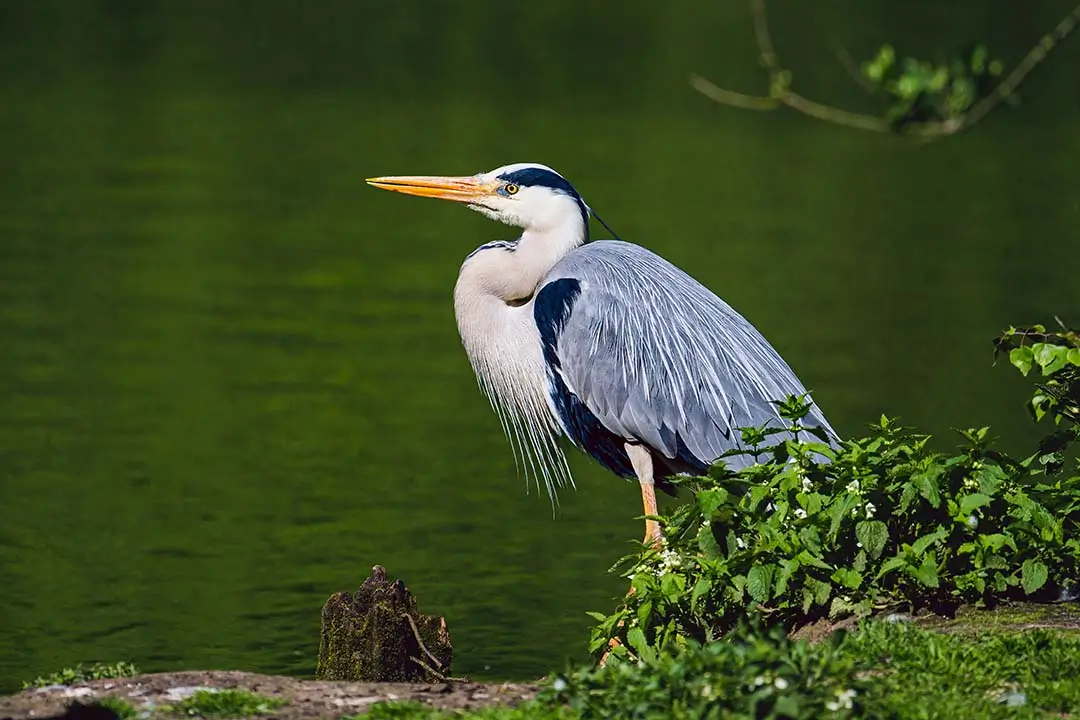
BIRDING IN
Mana Pools National Park

BIRDING IN
Mana Pools National Park

BIRDING IN
Mana Pools National Park

BIRDING IN
Mana Pools National Park
Mana Pools is quite remote and situated in the extreme north of Zimbabwe on the Zambezi River. Take the A1 Harare to Chirundu national road, 115 KM reach Chinhoyi, 207 KM reach Karoithe last town where supplies and fuel can be boughtthen 292 KM reach Makuti. At the bottom of the Zambezi Escarpment, 310 KM turn right at the Mana Pools sign post onto a gravel road, 341 KM reach Rukomechi River, 341.4 KM reach Nyakasikana Gate, turn left for Mana Pools, 377.5 KM ignore right turnoff for the airstrip, 380.5 reach Long Pool on the left, 383.2 KM turn right for National Park HQ, 383.7 KM turn right for National Park HQ, 384.4 KM reach Nyamepi Camp. The gravel roads are in good condition compared to many in Zimbabwe although the clay soil at Mana Pools will cause difficulties after any rain.
The park is a UNESCO Natural World Heritage Site with one of the world's wildest and best preserved natural ecological areas, rated consistently amongst the best Parks in Africa by international travel magazines as it exisits in remote wilderness areas without mass tourism. The country's biggest concentration of hippopotamuses and Nile crocodiles is here. Mana Pools is closed during the rainy season from approximately mid-December to the end of February as the gravel roads become impassable. Best game viewing is from June to November when many animals congregate near the Zambezi as there is no water in the interior. Charara Safari Area remains open throughout the year.
The name "Mana" means "four" in Shona and applies to the four varying size pools (Main, Chine, Long and Chisambuk) inland from the Zambezi River that are remnant ox-bow lakes left by the Zambezi River thousands of years ago when its course moved north. They get flooded after each rainy season and as the region moves into the dry season many of the wild animals come for the water. "Long Pool", is the largest of the four pools, over six Kilometres in length with a large permanent population of hippo and crocodiles and draws large herds of elephant from the thickly vegetated areas in the south and also many aquatic birds. The remnant pools of the mighty Zambezi River attract many mammals and bird species.
Our Experts are ready to provide answers
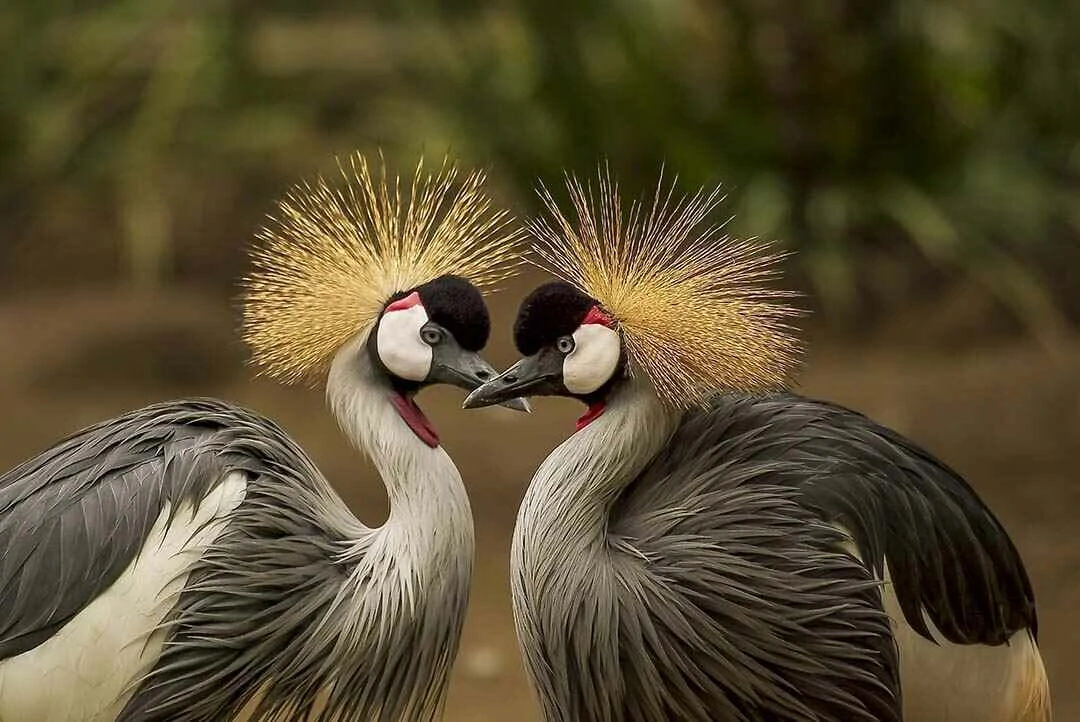
Common birds to look out for while catching your breath are several miombo specials, namely the Miombo Rock Thrush, Miombo Grey and Rufousbellied tits, Miombo Double-collared Sunbird, and MashonaHyliota.
Read More
Chizarira provides a wide variety of habitats for birds, with nearly 400 species having been recorded.
Read More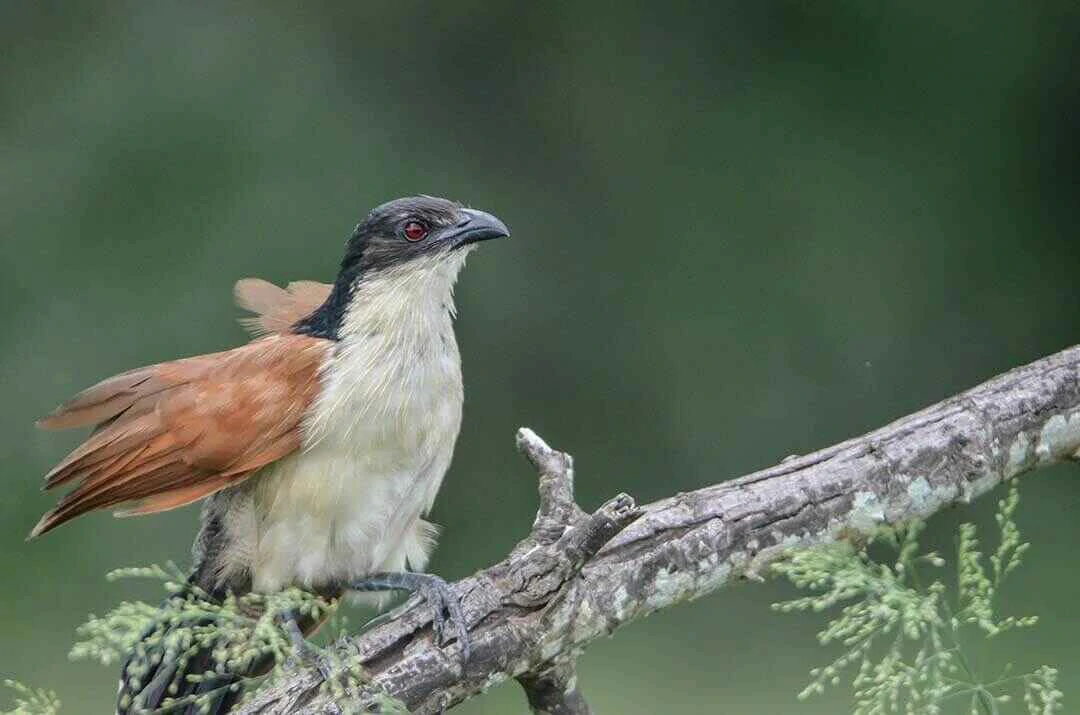
owering red cliffs and massive baobab trees create a dramatic backdrop to Big 5 game viewing as well as bird watching that ranks among the best in the region.
Read More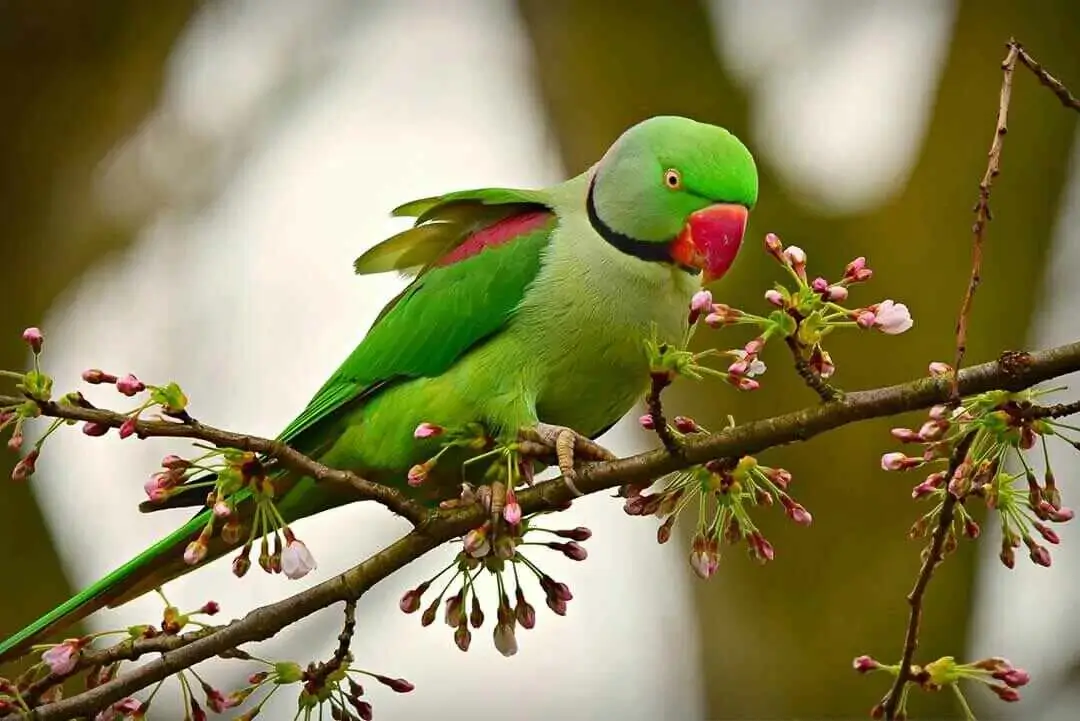
The persistence of many species in habitats that were never very extensive, and are now much fragmented, will depend on the extent to which ecotourism can realize an alternative income from the land they occupy.
Read More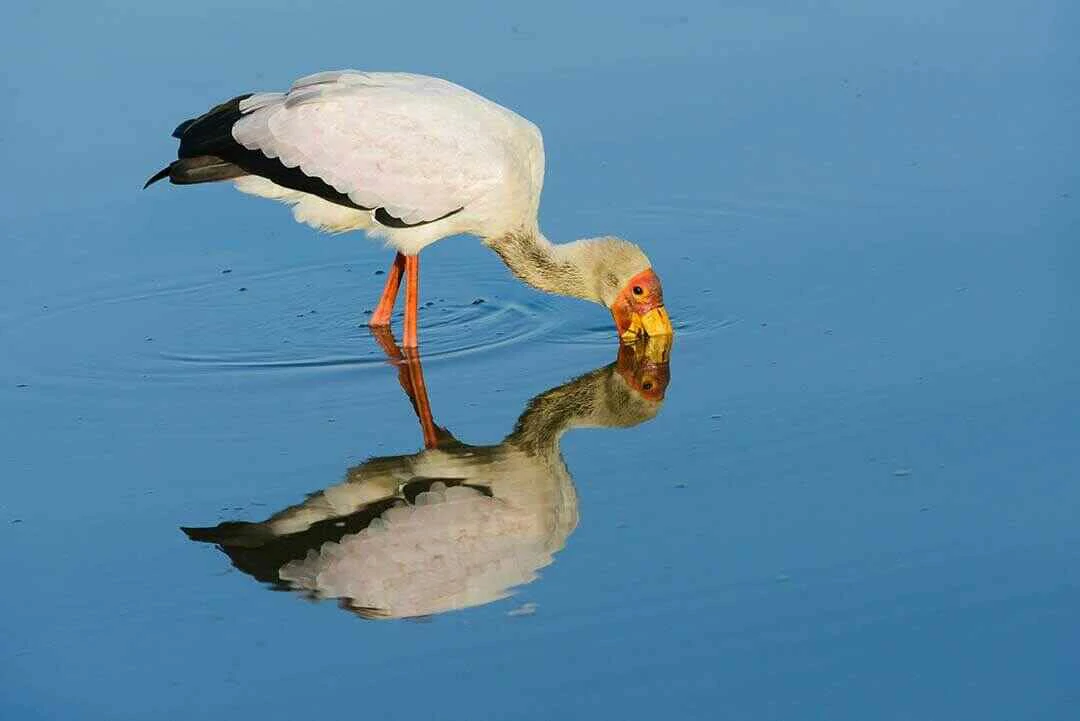
Generally, Hwange is considered to be of conservation importance for 24 species, including Ciconiaepiscopus, Oxyuramaccoa, Gallinula angulata and Chlidonias hybridus.
Read More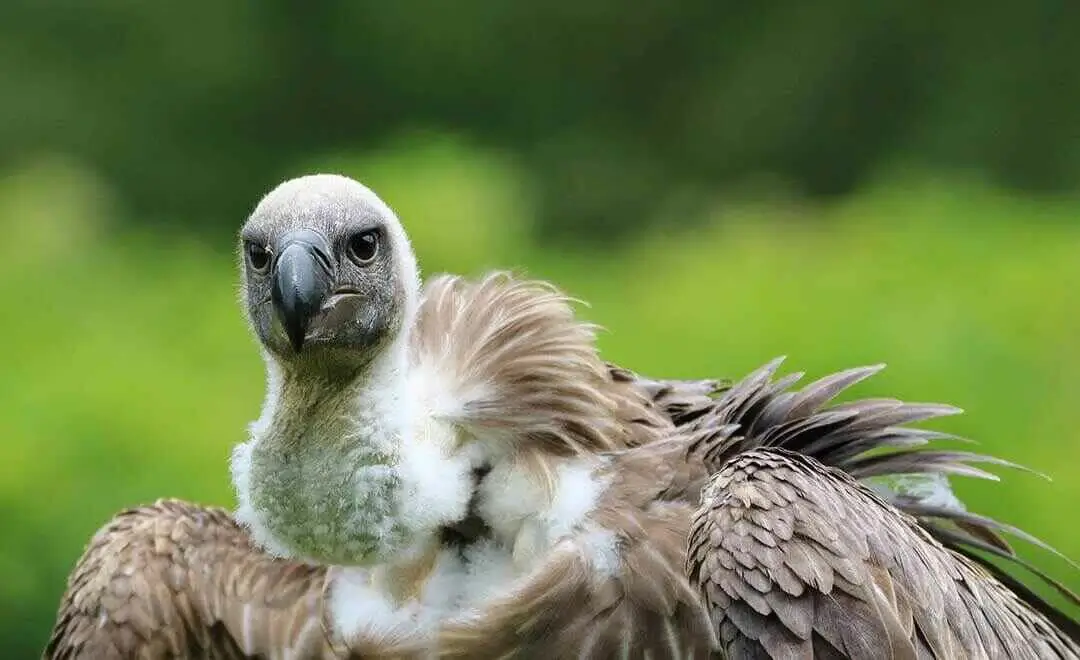
he pan systems are also ideal habitat to a large variety of water birds, with a number of species including storks, crowned cranes, stilts, cormorants, ducks and kingfishers occurring throughout the area.
Read More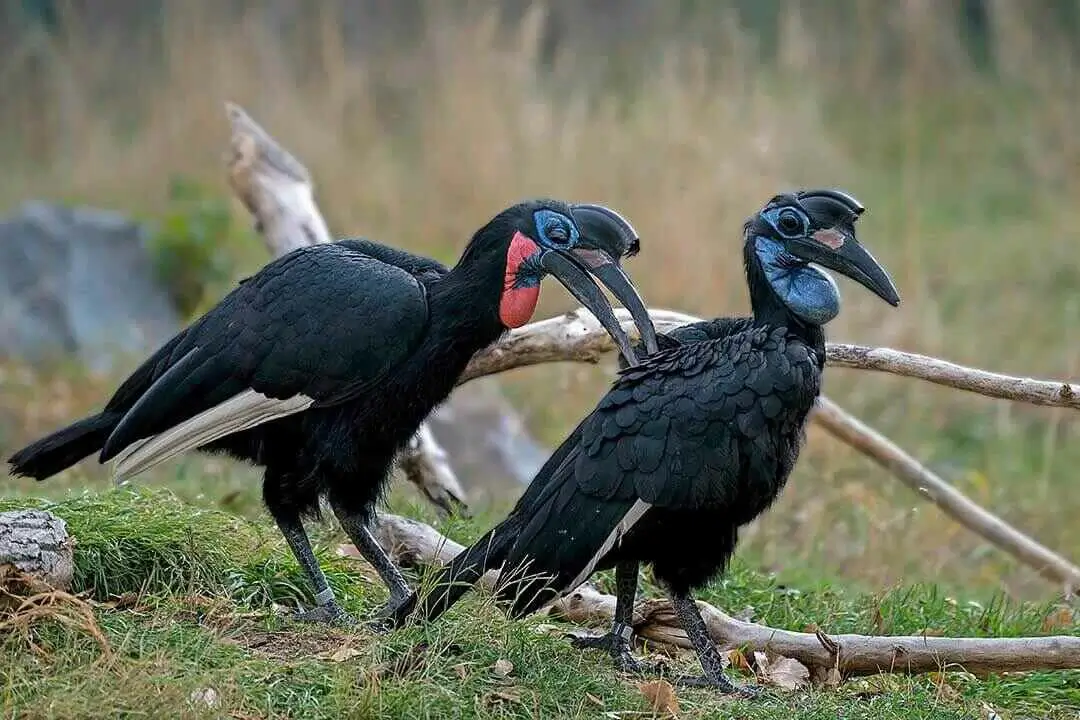
Matobo National Park contains the highest concentration of black eagles, and breeding pairs of these birds, worldwide.
Read More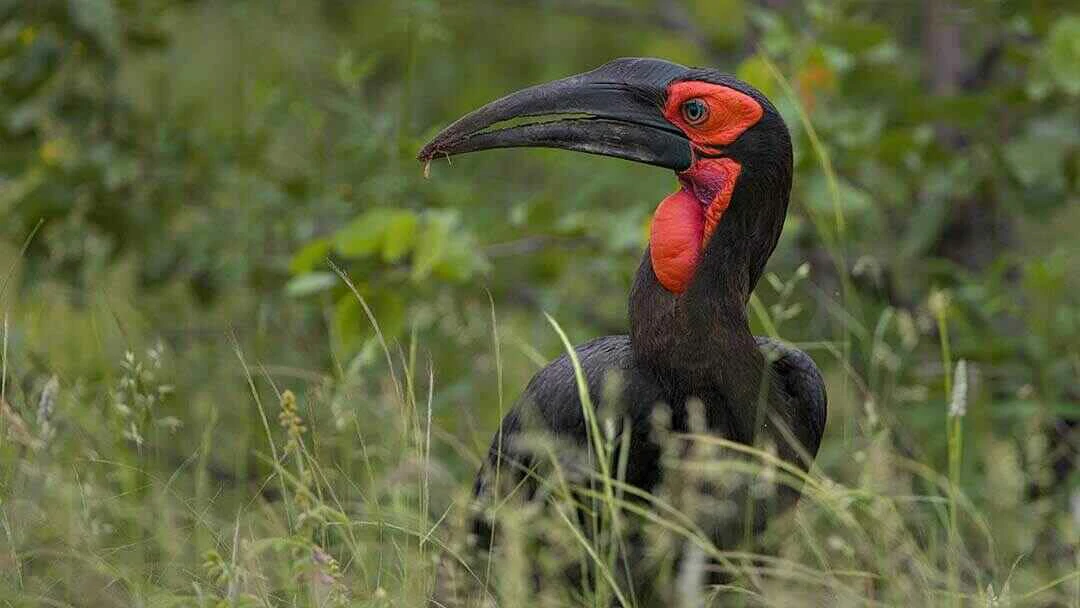
Giant African fishing eagles sit on trees. Smaller but colorful kingfishers and bee-eaters divebomb for fish and insects and when you add all the egrets and cranes and storks it's a total birder's paradise.
Read More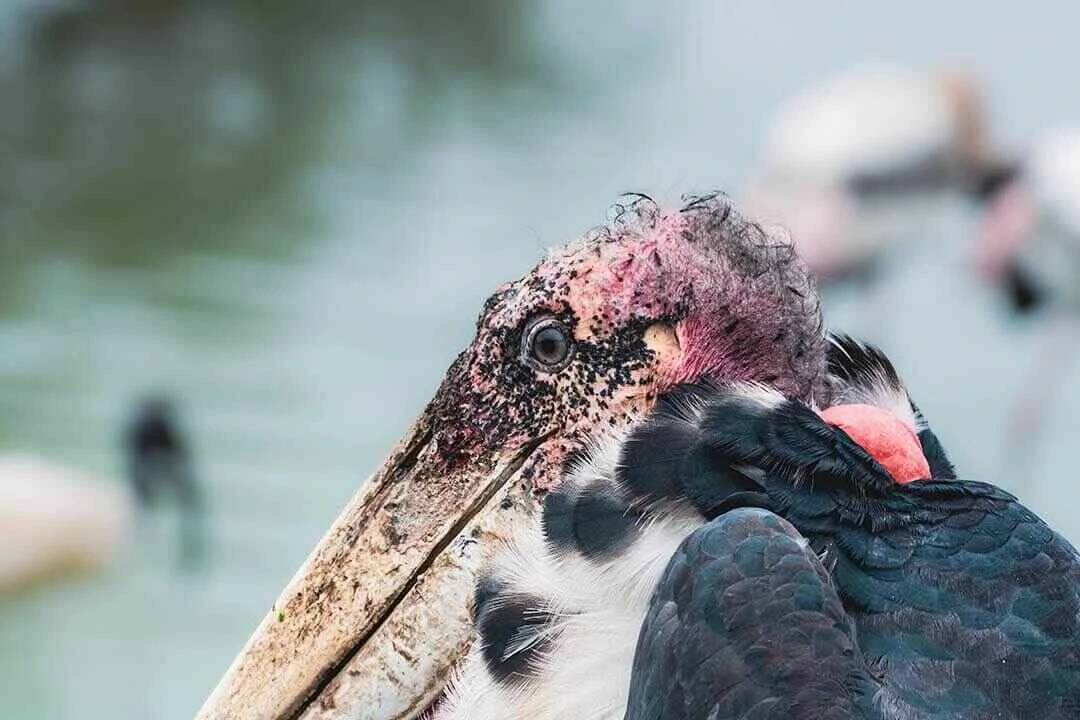
The Nyanga Mountains form the northernmost extent of the Eastern Highlands in Zimbabwe. They lie about 70 km north-east of Mutare in two rural Districts, Nyanga and Mutasa.
Read More
Lake Chivero hosts many waterbirds, and 100 species are on the checklist. At times, thousands occur. In the austral winter, many ducks loaf on the dam during their flightless moult.
Read More
There are bird specials here that are far easier to find than anywhere else in the country. You'll probably be able to tick off lifers like grey-headed parrot, African broadbill, short-clawed lark, Shelley's francolin and crested guineafowl. Others, like Arnott's chat and the Senegal coucal, are central African birds at the southern edge of their range here.
Read More
Just 15 kilometres from Mutare, the capital of Manicaland province, rise the rounded granite domes of the Bvumba, the Eastern Highlands' most popular birding destination.
Read More
Birding is a highlight of a trip to Victoria Falls: 470 species of birds have been recorded in both these parks and in the Victoria Falls area, including Pel's fishing owl, African skimmers.
Read More
Over 400 species of birds have been recorded within the Zambezi National Park. Pel's fishing owl, African skimmer, collared palm thrush; lanner falcon, goliath heron, African finfoot, rock pratincole and long-toed lapwing are considered to be among the speciality birds of the park.
Read More